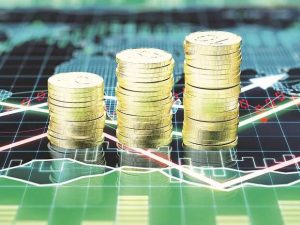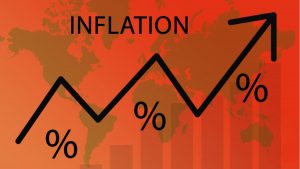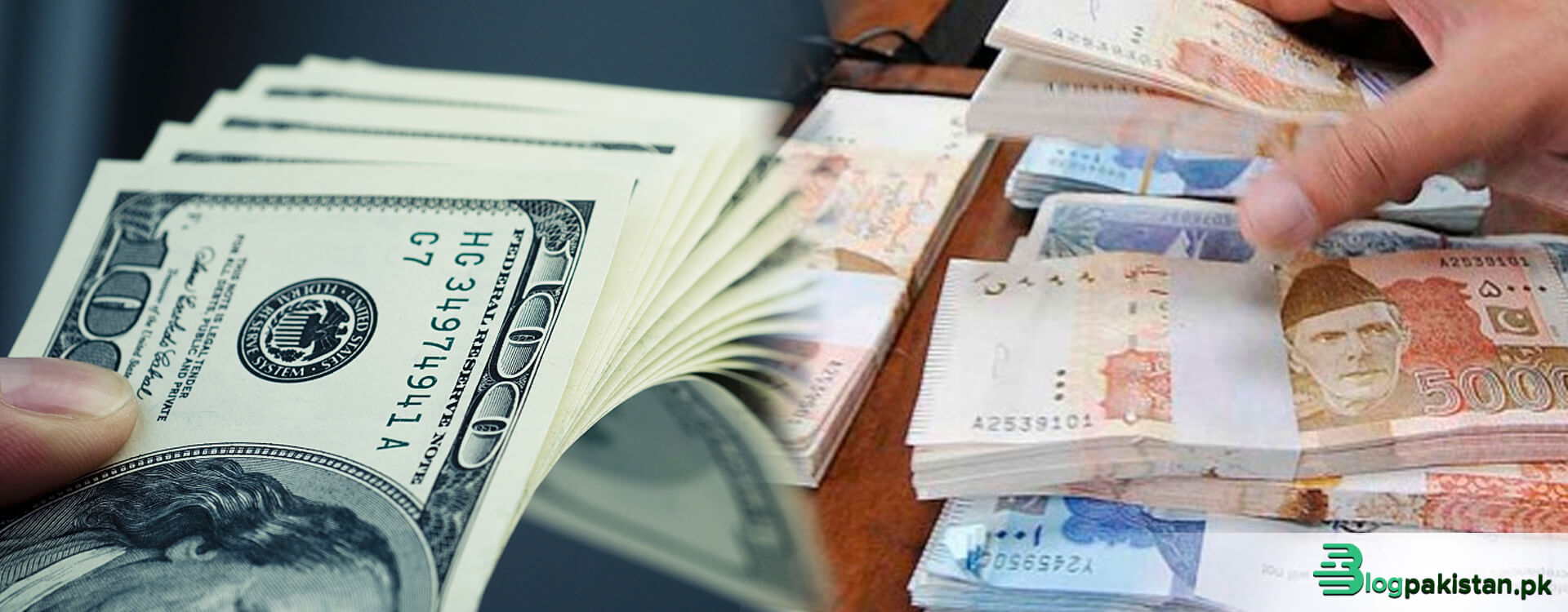Watching the news you must have heard of the term “rupee depreciation” and the concerns surrounding it.
Thinking about the topic, you must have questions like why does the rupee fall against the dollar? Why is the rupee so weak? etc.
To answer these questions, let’s understand what depreciation means!
What is Currency Depreciation?
Simply put, the depreciation of any currency indicates a decrease in its value to other currencies. When someone talks about Pakistani rupee depreciation it is usually indicative of the decrease of the Pakistani currency compared to the US dollar.
Causes of Rupee Depreciation
Now let’s go through the 4 major factors that are causing currency depreciation in Pakistan and how depreciation reflects Pakistan’s economic condition.
1. Political Instability

Pakistan’s economy has been struggling for quite a while but the recent vote of no confidence against former PM Imran Khan brought the economy to its worst state.
Speaking to GEO TV the Head of Research of Arif Habib Limited, Tahir Abbas stated that the political uncertainty is badly affecting the currency and resulting in its devaluation.
Currency dealers stated that the political crises in the country resulted in negative sentiments overall for the economy and adversely affected the rupee value against the greenback.
The rupee depreciated by 16.46% since the start of the fiscal year 2021-22. On June 02, 2022, the dollar reached PKR 211.93.
The dollar recently fell after Pakistan received foreign aid, and on July 4th, the dollar came down to PKR 204.94.
The downfall of dollars against rupees is a positive sign but it does highlight major issues in the way our governments operate.
2. Low Foreign Reserves

Experts claim that another factor for rupee depreciation is our low foreign reserve. Pakistan is a developing economy that faces a trade deficit as imports surpass exports, putting a huge burden on our foreign reserves.
To manage the high imports, Pakistan utilizes its low foreign reserves and that contributes to the devaluation of its currency.
According to the Nation, the State Bank of Pakistan (SBP) observed the lowest foreign reserves since 2019 by almost $748 million on June 17, 2022.
Recently, Ahsan Iqbal requested Pakistani citizens to reduce the consumption of tea so the current government can revive foreign exchange by reducing tea imports.
While his comment observed strict backlash, his statement shows the severity of the matter and how badly the government is struggling to keep Pakistan’s economy afloat.
3. Struggle With Debt

Another crucial factor that has been damaging Pakistan’s economy and devaluing the rupee, is debt. While many countries across the globe depend on foreign debt, Pakistan is stuck in a cycle of debt that it is unable to get out of.
Not investing in the right direction and ultimately being unable to pay the debt leads to more and more debt.
As explained earlier, low reserves and trade deficit leave the government under stress and in that situation, to revive the failing economy, debt remains the only viable solution.
When debt outpaces economic growth, it can increase inflation by deterring foreign investment and thus devalue a currency.
On June 22, Pakistan acquired a $2.3 billion loan from China and is working on agreements with the IMF as well for further financial assistance.
According to Finance Minister Miftah Ismail, Pakistan requires a gross of $41 billion in foreign loans in the coming fiscal year, $21 billion of which will be utilized to pay maturing loans.
4. Rising Inflation

Inflation refers to the relative purchasing power of a currency compared with other currencies. Countries with low inflation have stronger purchasing power and therefore higher value. In Pakistan, currently, inflation is rising.
Fuel costs, food, electricity, and pretty much everything have become expensive. The situation is hitting the poor the hardest.
Ukraine and Russia’s war, political crises, and debts increased inflation to 13.37 % in April 2022. On July 1, Propakistani reported inflation rates at an all-time high compared to the past 30 years.
According to the Pakistan Bureau of Statistics (PBS), in June, Pakistan’s Consumer Price Index-based inflation increased by 21.32 % (on a year-on-year basis). Compared to an increase of 13.8 % in May 2022, and 13.4 % in May 2021.
Dollar vs Rupee: The Future
On July 3rd, GeoTV reported that during the outgoing week, the rupee increased by 1.5% against the dollar in the interbank market.
The improvement is attributed to the IMF, as the uncertainty about the agreement with the IMF is slowly disappearing.
While the increase in rupee value is a positive sign, the IMF loan comes with multiple conditions which will test Pakistan’s economy hard.
Pakistan’s currency has been struggling for a considerable amount of time and as the above-mentioned factors are neglected by each government in power, we require long-term solutions to keep the rupee and our economy strong.















